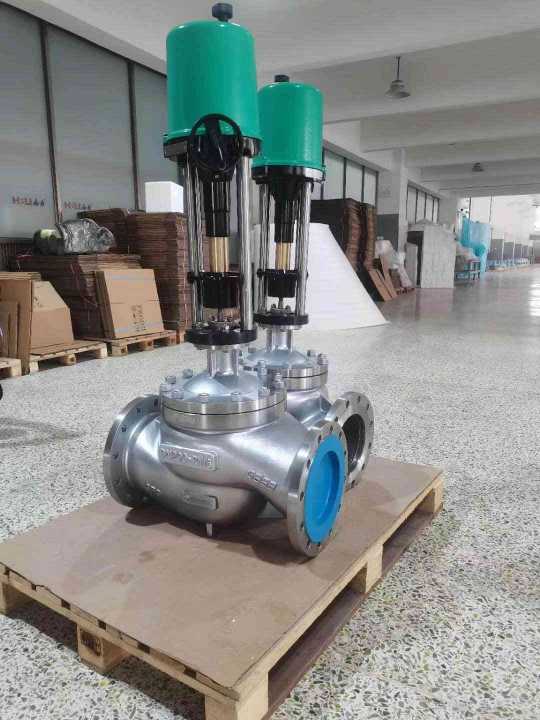Electric single seat regulating valves are widely used in industrial processes where precise control of fluid or gas flow is necessary. These valves are known for their reliability, efficiency, and versatility in handling various flow control applications. This article explores the key features, working principle, applications, and advantages of electric single seat regulating valves.

What is an Electric Single Seat Regulating Valve? An electric single seat regulating valve is a type of control valve that uses an electric actuator to adjust the flow of a medium, typically a liquid or gas, within a pipeline. It is called “single seat” because the valve has one sealing surface or seat, where the valve plug closes to regulate flow. The “regulating” aspect refers to the valve’s ability to continuously adjust the flow, maintaining the desired process conditions in real-time. The electric actuator that powers this valve provides precise, remote control of the valve position, allowing for seamless integration into automated process control systems. This makes it an ideal choice for industries that require fine control over flow rates, pressure, or temperature.